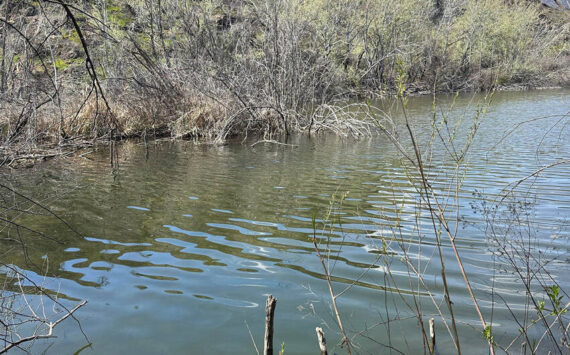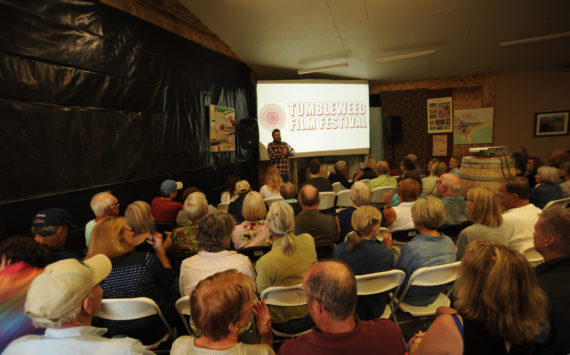Relicensing Enloe a question of economics
- Last week I had the chance to sit down with Rich Bowers and Gere Gillespie, two opponents of relicensing Enloe Dam. Bowers is Northwest Coordinator for the Hydropower Reform Coalition and Gillespie, a local environmentalist, probably best known as publisher of the Columbiana, an environmental newspaper.
- The two were coming at the project not from a strictly environmental sense, but rather asking if Okanogan County’s ratepayers can afford a $40 million project that has yet to prove it will ever pay for itself. That’s a good question and one the PUD Commissioners need to do a better job of explaining – offering stability of power delivery in the north end is a good goal, but maybe not one we can afford right now if it requires refurbishing the dam – especially in light of other debt the public electric utility has taken on recently.
- Gillespie insists that the spring forecasts for power production in the future are so poor that it makes no sense to take on the increased debt. Bower said recent predictions are worse even than when his group did a economic impact study of the dam that they shared with the PUD. They claim that the PUD has yet to answer the study or to “pencil out” how the ratepayers would benefit from the relicensing.
- Where I disagree is with the two environmentalists’ underlying goal of total removal of the dam. Although Bower said his goals could be accomplished through notching the dam and and not remove the dam entirely, I’m not too sure. I have used this platform before to say that I’m not too sure about relicensing the dam if it doesn’t make economic sense, but I have been just as clear that our 100-year-old dam is part of Oroville and the county’s history and should be preserved. It is just one of the attractions of the Similkameen River Trail, bringing together the beautiful Similkameen River, fur trading, Great Northern Railroad and early electric power production – something that I believe will be an increasingly powerful attraction to tourists who want to recreate along the trail.
- Bower and Gillespie said that if the project isn’t relicensed the PUD may be asked to remove the dam by the BLM, which owns much of the surrounding land. While there was no money for dam removal in the past, now there is a “shared responsibility” idea when it comes to paying for such projects, according to Bower. Total removal would cost about $20 million, he said, while notching would be more like $2.5 million.
- If the PUD could prove to me they could generate power through a refurbished dam, one where there was still a good amount of water going over the spillway for aesthetic reasons and that it was economically beneficial to the ratepayers I’d be right up there singing the its praises.
- It’s time the district holds a meeting in Oroville to let the people know why the dam should be relicensed and how it would help ratepayers who have seen their rates go nowhere but up from what had been among the nation’s lowest to where they are today.






